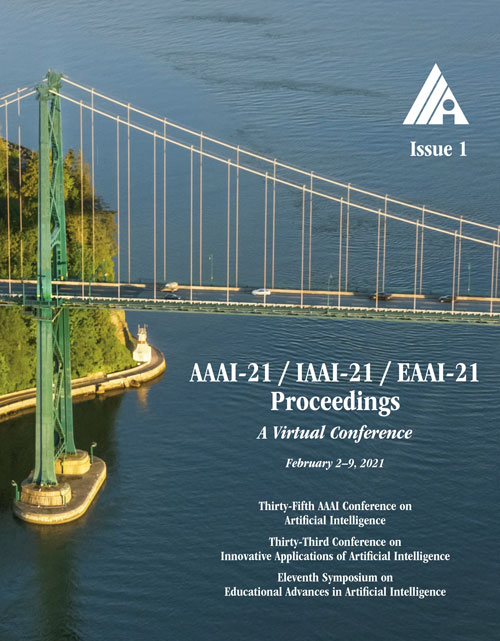Modeling the Momentum Spillover Effect for Stock Prediction via Attribute-Driven Graph Attention Networks
DOI:
https://doi.org/10.1609/aaai.v35i1.16077Keywords:
Economic/Financial, Graph-based Machine LearningAbstract
In finance, the momentum spillovers of listed firms is well acknowledged. Only few studies predicted the trend of one firm in terms of its relevant firms. A common strategy of the pilot work is to adopt graph convolution networks (GCNs) with some predefined firm relations. However, momentum spillovers are propagated via a variety of firm relations, of which the bridging importance varies with time. Restricting to several predefined relations inevitably makes noise and thus misleads stock predictions. In addition, traditional GCNs transfer and aggregate the peer influences without considering the states of both connected firms once a connection is built. Such non-attribute sensibility makes traditional GCNs inappropriate to deal with the attribute-sensitive momentum spillovers of listed firms wherein the abnormal price drop of one firm may not spill over if the trade volume of this decreasing price is small or the prices of the linked firms are undervalued. In this study, we propose an attribute-driven graph attention network (AD-GAT) to address both problems in modeling momentum spillovers. This is achieved by element-wisely multiplying the nonlinear transformation of the attributes of the connected firms with the attributes of the source firm to consider its attribute-sensitive momentum spillovers, and applying the unmasked attention mechanism to infer the general dynamic firm relation from observed market signals fused by a novel tensor-based feature extractor. Experiments on the three-year data of the S&P 500 demonstrate the superiority of the proposed framework over stateof-the-art algorithms, including GCN, eLSTM, and TGC.Downloads
Published
2021-05-18
How to Cite
Cheng, R., & Li, Q. (2021). Modeling the Momentum Spillover Effect for Stock Prediction via Attribute-Driven Graph Attention Networks. Proceedings of the AAAI Conference on Artificial Intelligence, 35(1), 55-62. https://doi.org/10.1609/aaai.v35i1.16077
Issue
Section
AAAI Technical Track on Application Domains

